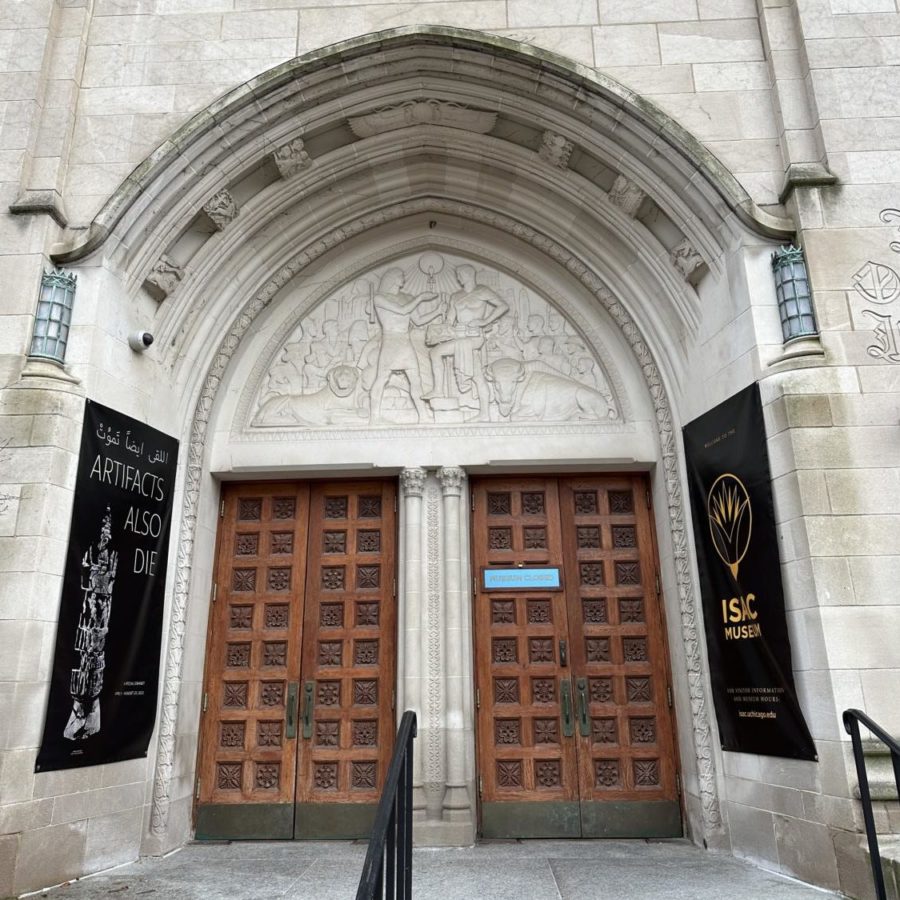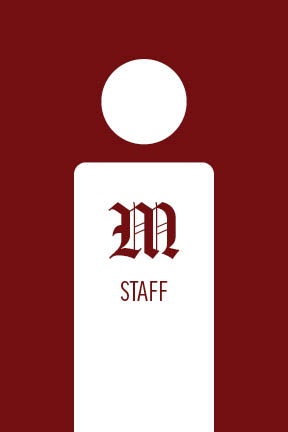Whether they are going to see a White Sox game or visiting Chinatown, students use the Red Line as a critical resource for exploring the city beyond Hyde Park. Last Sunday, that resource was restricted, as the CTA began work replacing and rebuilding tracks as part of the Red Line South Reconstruction Project, which will suspend Red Line service between the 95th/Dan Ryan and Cermak-Chinatown stops until October. While Chicago newspapers were filled with maps explaining the closure and alternate routes, the University’s efforts to communicate these changes did not go far enough to make sure that all students—who, after all, are residents of the city of Chicago and of the South Side—were notified. Facilitating student engagement with the city of Chicago is a worthwhile and necessary endeavor for the University, but the lack of a widespread awareness campaign regarding the Red Line closings suggests that the University is not as committed to this end as it should be.
To communicate the temporary elimination of a major transportation resource, a Transportation and Parking spokesperson said the department has added reminder messages to the bottom of TransLoc display screens, distributed CTA brochures in “high traffic” areas on campus, and posted an announcement on its Web site with alternate transportation options and a link to a project description on the CTA Web site. While these are good first steps, they do not do enough to inform students who do not actively seek out these resources.
The University has a responsibility to directly inform students of large-scale transportation changes like the Red Line South Reconstruction Project not only for their convenience, but also so that they can better understand the city in which they live. Although the University is in many ways its own community, the Red Line closure, one of the nation’s biggest transportation disruptions in nearly two decades, is relevant to all students as Chicago residents, regardless of how often they decide to get out of Hyde Park. This is particularly important for students that will remain here during the upcoming summer: They may have to commute downtown, or could perhaps have their best opportunity to explore Chicago so far.
The University can work toward overcoming its “take-it-or-leave-it” attitude toward exploring and engaging with Chicago during the period that the Red Line is closed. Beyond providing CTA maps and explanations of the project, Transportation and Parking could partner with the Department of Civic Engagement to help students understand how the Red Line closings will impact the South Side of the city. Student Government and its Community and Government Liaison can play a crucial role in facilitating collaboration between departments like Civic Engagement, Transportation and Parking, and the Office of Undergraduate Student Housing to provide resources for students to explore neighborhoods not serviced by the Red Line. Ensuring that students know that they too are affected by changes like the Red Line closure is important for the larger aim of integrating them into the city of Chicago.
The Editorial Board consists of the Editors-in-Chief and the Viewpoints Editors.








